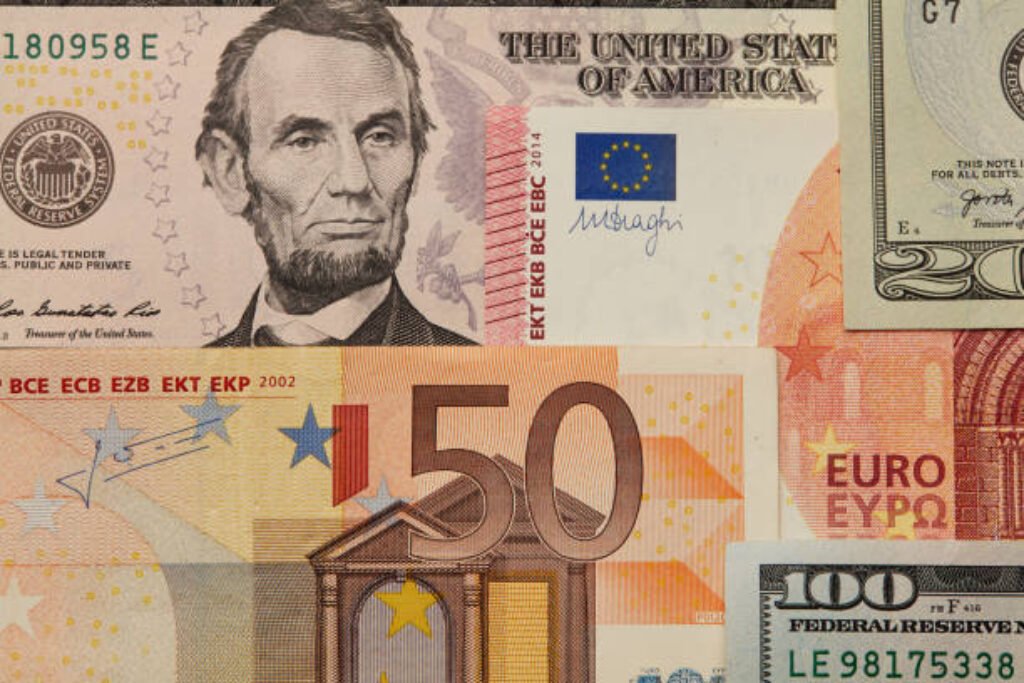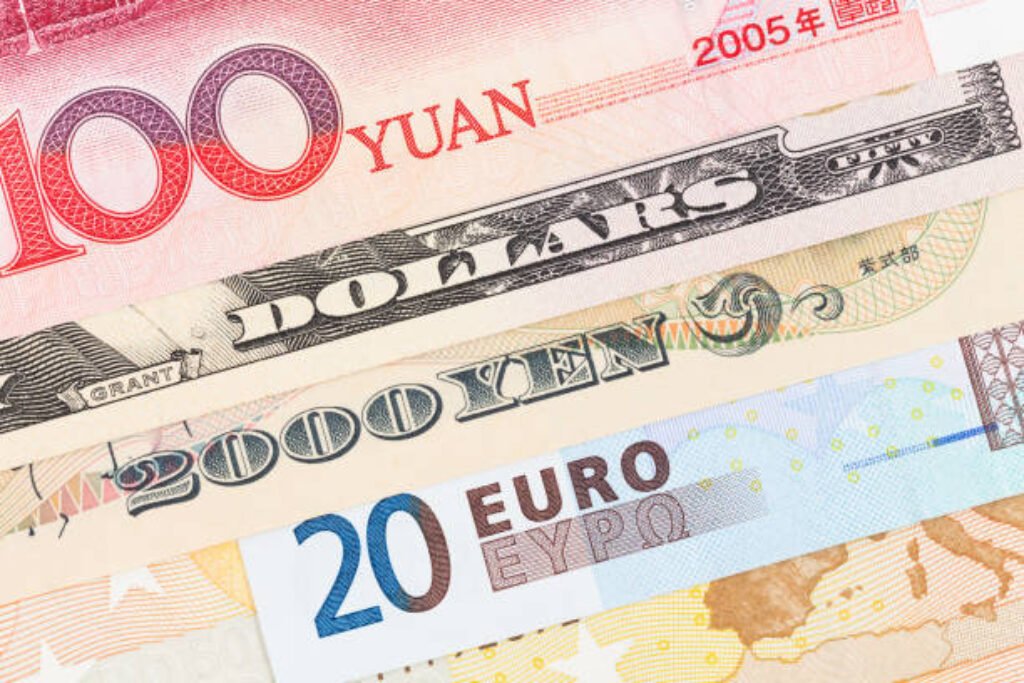When it comes to forex trading, choosing the right market to trade is crucial for both beginners and experienced traders. The forex market operates 24 hours a day, 5 days a week, and offers numerous currency pairs, each with its own unique characteristics. However, not all markets offer the same level of liquidity, volatility, or trading opportunities. Here’s a breakdown of some of the best forex markets to trade, based on key factors like liquidity, volatility, and trading conditions.

- EUR/USD – The Euro vs. the U.S. Dollar is the most traded currency pair in the world, known for its high liquidity and relatively low spreads. It’s favored by both beginners and experienced traders.
- GBP/USD – The British Pound vs. the U.S. Dollar, also known as the “Cable,” is another popular pair with high volatility. It can offer significant price movements and trading opportunities.
- USD/JPY – The U.S. Dollar vs. the Japanese Yen is a major pair with steady liquidity and frequent trading activity, especially during the Asian trading session.
- AUD/USD – The Australian Dollar vs. the U.S. Dollar is a key pair for those looking to trade commodity currencies, given Australia’s ties to commodities like gold and iron ore.
Why Trade Major Pairs?
- Liquidity: These pairs offer high liquidity, which helps minimize slippage and reduces the cost of trading (narrow spreads).
- Stable Market Conditions: Major currency pairs tend to have more predictable price movements, making them easier to analyze and trade.
2. Minor (Cross) Currency Pairs
Minor pairs, also known as cross-currency pairs, involve currencies from different countries, excluding the U.S. Dollar. These pairs tend to have lower liquidity than major pairs but can offer unique trading opportunities.
Top Minor Pairs:
- EUR/GBP – The Euro vs. the British Pound, popular among traders looking to trade European currencies outside the U.S. Dollar.
- EUR/JPY – The Euro vs. the Japanese Yen, known for being volatile, with moves often driven by macroeconomic data and geopolitical events.
- GBP/JPY – The British Pound vs. the Japanese Yen, a favorite for traders seeking significant volatility, especially in the Asian trading session.
Why Trade Minor Pairs?
- Diversification: Trading minors can help diversify your portfolio and reduce exposure to the U.S. Dollar.
- Opportunities for Volatility: Minor pairs often experience more volatility, which can present profitable opportunities for experienced traders.
3. Exotic Currency Pairs
Exotic pairs involve a major currency paired with a currency from a smaller or emerging market. These pairs are less liquid than major and minor pairs and tend to have wider spreads, meaning they can be more costly to trade. However, they can also offer large price movements, making them attractive for those willing to accept higher risk.
Top Exotic Pairs:
- USD/TRY – The U.S. Dollar vs. the Turkish Lira is a popular exotic pair that can be highly volatile due to political and economic instability in Turkey.
- EUR/TRY – The Euro vs. the Turkish Lira, another exotic pair with significant volatility, often influenced by Turkish central bank policies and geopolitical events.
- USD/ZAR – The U.S. Dollar vs. the South African Rand, a pair often driven by commodity prices, such as gold, given South Africa’s mining industry.

Why Trade Exotic Pairs?
- High Volatility: Exotic pairs can offer large price swings, providing opportunities for traders to capitalize on big moves.
- Less Competition: Due to lower liquidity and fewer participants, there may be less competition, giving some traders an edge.
Caution with Exotic Pairs:
- Higher Costs: Exotic pairs typically have wider spreads, meaning traders may face higher transaction costs.
- More Risk: These pairs are often more susceptible to economic, political, and geopolitical risk, leading to unpredictable price movements.
4. The Best Time to Trade
The best forex market to trade also depends on the time of day. The forex market is divided into four major trading sessions:
- Asian Session (Tokyo) – Starts at 00:00 GMT and ends at 09:00 GMT. Pairs like USD/JPY and AUD/USD are most active.
- European Session (London) – Starts at 07:00 GMT and ends at 16:00 GMT. The EUR/USD, GBP/USD, and EUR/GBP are among the most traded pairs during this time.
- U.S. Session (New York) – Starts at 12:00 GMT and ends at 21:00 GMT. The USD/JPY and EUR/USD are typically very liquid during this time, as U.S. economic data is often released.
- Overlapping Sessions – The overlap between the European and U.S. sessions (from 12:00 to 16:00 GMT) is considered the most active, with high liquidity and frequent trading opportunities.
Which Markets Are Best Based on Time?
- Major Currency Pairs (like EUR/USD and GBP/USD) are best traded during the European and U.S. sessions due to high liquidity and market movement.
- Asian Currency Pairs (like USD/JPY and AUD/USD) tend to be more active during the Asian session, though they also see movement during the European and U.S. sessions.
5. Market Liquidity and Volatility
For most traders, liquidity and volatility are key factors when choosing the best forex market to trade.
- High Liquidity: Major currency pairs, like EUR/USD, offer the most liquidity, which results in lower spreads, less slippage, and faster execution.
- High Volatility: If you’re looking for larger price swings and opportunities for higher returns (along with higher risk), minor and exotic pairs offer more volatility but can be harder to predict.





